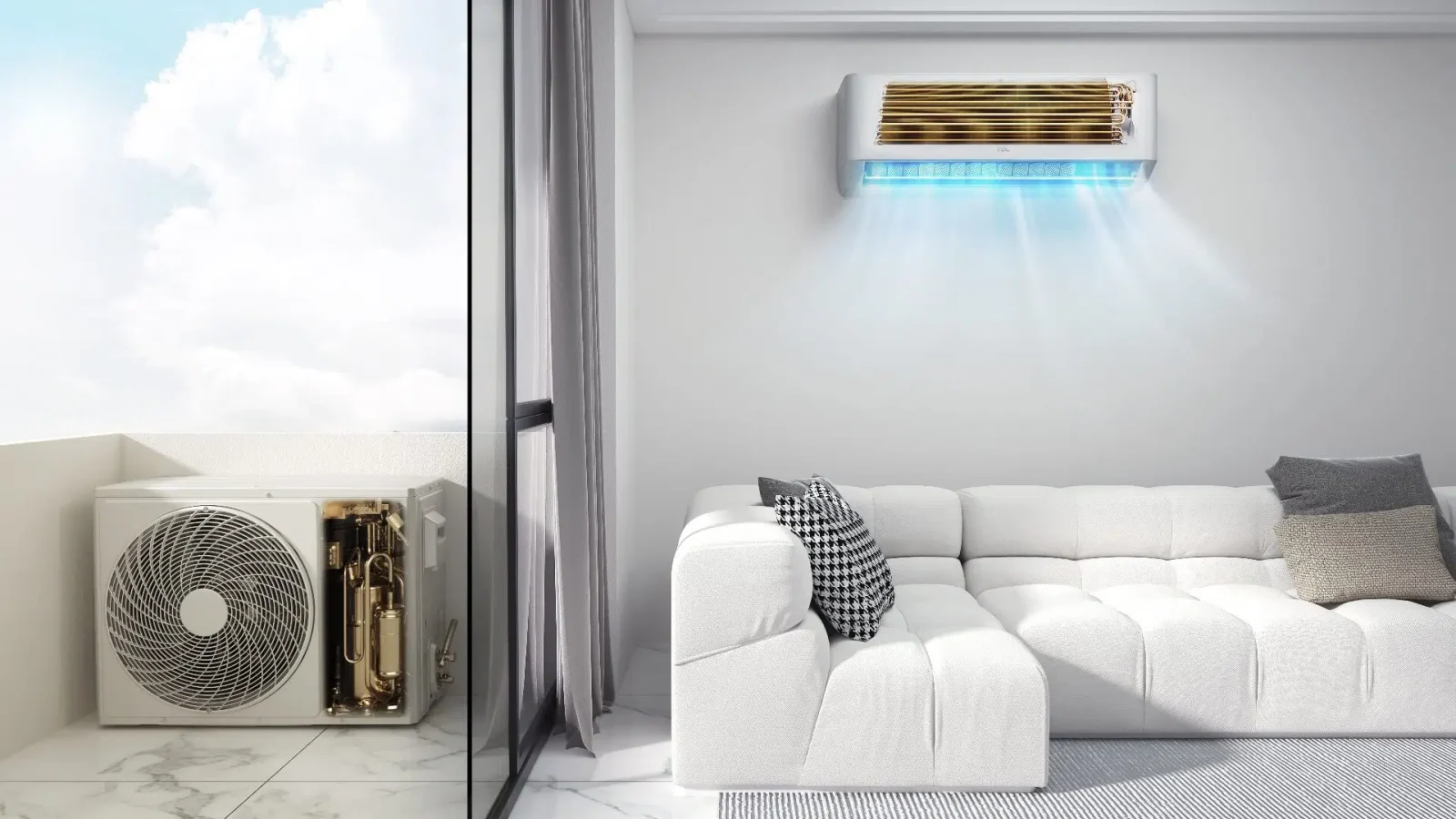Introduction: In the scorching heat of summer or the oppressive humidity of tropical climates, few inventions have provided as much relief and comfort as air conditioning. From its humble beginnings as a luxury item for the wealthy to its ubiquitous presence in homes, offices, and vehicles worldwide, air conditioning has revolutionized how we live and work. This article explores the evolution, significance, and environmental impact of air conditioning, shedding light on its transformative role in shaping modern society.
- The Genesis of Cooling Comfort: The concept of cooling the air to provide relief from heat dates back centuries, with ancient civilizations employing various methods such as using fans, hand-operated rotary fans, and even water-soaked reeds. However, it wasn’t until the late 19th century that the first modern air conditioning systems began to emerge. In 1902, Willis Carrier invented the first electrical air conditioning unit, which initially aimed to control humidity in a printing plant. This breakthrough marked the dawn of a new era in indoor comfort, setting the stage for the widespread adoption of air conditioning in the decades to come.
- The Democratization of Comfort: Initially reserved for luxury hotels, theaters, and wealthy households, air conditioning gradually became more accessible to the masses as technology advanced and production costs decreased. The post-World War II economic boom spurred a surge in demand for residential air conditioning systems, leading to innovations such as window units and central air conditioning. By the latter half of the 20th century, air conditioning had become a standard feature in homes, offices, shopping malls, and vehicles, transforming hot and humid summers from unbearable to bearable for millions around the world.
- Environmental Concerns and Technological Innovations: While air conditioning has undoubtedly improved quality of life for many, its widespread use has raised concerns about its environmental impact, particularly its contribution to energy consumption and greenhouse gas emissions. In response, researchers and engineers have been actively developing more energy-efficient and environmentally friendly cooling technologies. From advancements in refrigerants to the integration of smart thermostats and building design strategies that prioritize natural ventilation and passive cooling, efforts are underway to mitigate the environmental footprint of air conditioning while maintaining comfort levels.
- Balancing Comfort with Sustainability: As the world grapples with the dual challenges of rising temperatures and climate change, finding a balance between providing comfort and minimizing environmental harm has become paramount. Governments, businesses, and individuals alike are increasingly focused on implementing sustainable cooling solutions that prioritize energy efficiency, renewable energy sources, and responsible use of resources. From adopting green building standards to promoting behavior change through awareness campaigns and incentives, there is growing recognition of the need to transition towards a more sustainable approach to cooling while ensuring that no one is left to suffer the consequences of extreme heat.
Conclusion: Air conditioning has come a long way from its humble beginnings to become an indispensable aspect of modern life. While its ability to provide relief from heat and humidity has improved comfort and productivity for millions, it also poses significant environmental challenges. Nevertheless, with ongoing technological advancements and a collective commitment to sustainability, there is hope that air conditioning can continue to evolve as a vital tool for maintaining comfort while minimizing its ecological footprint. As we strive to strike a balance between cooling comfort and environmental responsibility, the journey towards a more sustainable future remains both a challenge and an opportunity for innovation and progress.




Leave a Reply